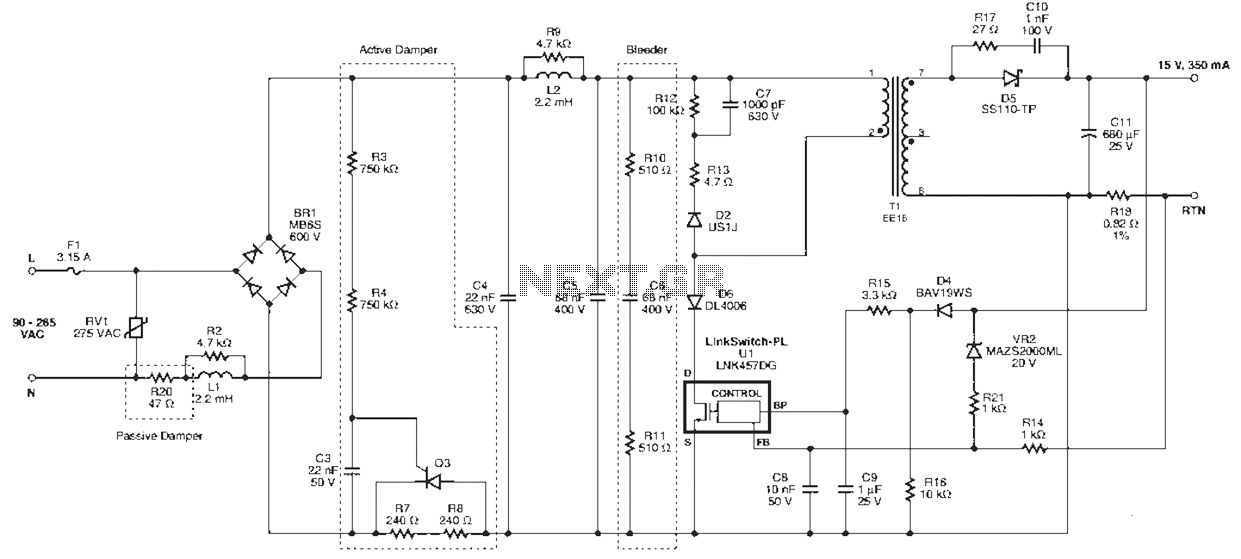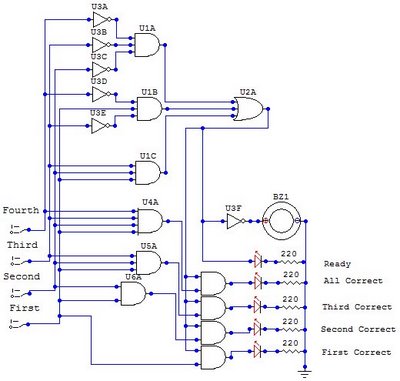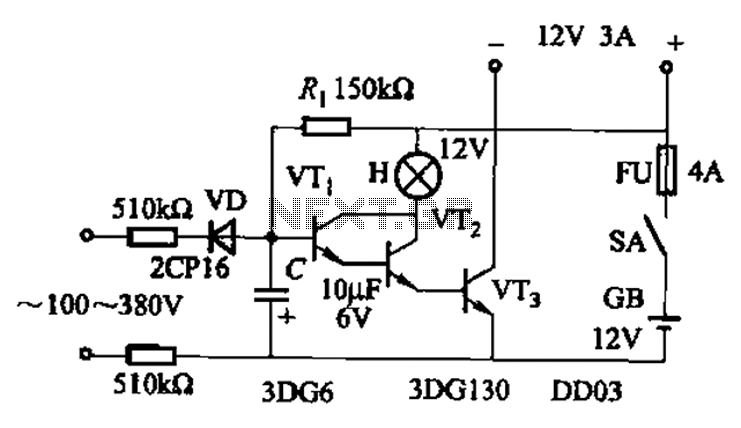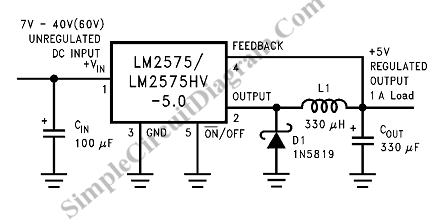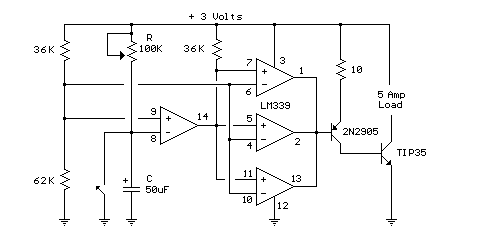
Bootstrap Circuit
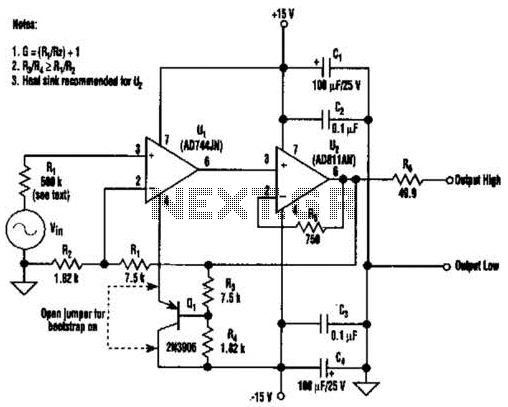
Bootstrapping the substrate of a JFET amplifier minimizes distortion resulting from the non-linearity of the JFET input capacitance. In the accompanying figure, a secondary feedback divider is used to bootstrap the substrate of U1, with R1 set to 500 kΩ (source impedance). The total harmonic distortion (THD) at 10 kHz was decreased by an order of magnitude.
The bootstrapping technique in JFET amplifiers is a valuable method for enhancing linearity and reducing distortion. By employing a feedback divider that connects to the substrate of the JFET, the effective input capacitance can be stabilized, leading to improved performance. The resistor R1, valued at 500 kΩ, serves as a source impedance that plays a crucial role in this feedback loop.
In a typical JFET amplifier circuit, the input stage experiences variations in capacitance due to the non-linear characteristics of the JFET. These variations can introduce significant distortion, particularly at higher frequencies. By applying bootstrapping, the feedback divider adjusts the voltage at the substrate, effectively reducing the fluctuations in capacitance. This results in a more stable input impedance and a corresponding decrease in total harmonic distortion (THD).
The observed reduction in THD by an order of magnitude at 10 kHz indicates a marked improvement in audio fidelity and signal integrity. This enhancement is particularly beneficial in high-fidelity audio applications where clarity and accuracy are paramount. The implementation of this technique can lead to more reliable and consistent performance in JFET amplifiers, making it a preferred choice in precision electronic designs.
Overall, the integration of bootstrapping in JFET amplifier circuits exemplifies an effective strategy for mitigating distortion, thereby enhancing the overall quality of the output signal. Bootstrapping the substrate of a JFET amplifier reduces the distortion caused by the non-linlearity of the JFET input capacitance. In the figure, a second feedback divider bootstraps the substrate of Ul. With R{ = 500 kQ (source impedance), THD at 10 kHz was reduced an order of magnitude. 🔗 External reference
The bootstrapping technique in JFET amplifiers is a valuable method for enhancing linearity and reducing distortion. By employing a feedback divider that connects to the substrate of the JFET, the effective input capacitance can be stabilized, leading to improved performance. The resistor R1, valued at 500 kΩ, serves as a source impedance that plays a crucial role in this feedback loop.
In a typical JFET amplifier circuit, the input stage experiences variations in capacitance due to the non-linear characteristics of the JFET. These variations can introduce significant distortion, particularly at higher frequencies. By applying bootstrapping, the feedback divider adjusts the voltage at the substrate, effectively reducing the fluctuations in capacitance. This results in a more stable input impedance and a corresponding decrease in total harmonic distortion (THD).
The observed reduction in THD by an order of magnitude at 10 kHz indicates a marked improvement in audio fidelity and signal integrity. This enhancement is particularly beneficial in high-fidelity audio applications where clarity and accuracy are paramount. The implementation of this technique can lead to more reliable and consistent performance in JFET amplifiers, making it a preferred choice in precision electronic designs.
Overall, the integration of bootstrapping in JFET amplifier circuits exemplifies an effective strategy for mitigating distortion, thereby enhancing the overall quality of the output signal. Bootstrapping the substrate of a JFET amplifier reduces the distortion caused by the non-linlearity of the JFET input capacitance. In the figure, a second feedback divider bootstraps the substrate of Ul. With R{ = 500 kQ (source impedance), THD at 10 kHz was reduced an order of magnitude. 🔗 External reference
